Toyota has formally launched the first phase of its Woven City, a $10 billion “test course for mobility” built at the foot of Mt. Fuji in Susono, Shizuoka Prefecture. The project, first introduced at CES in 2020, now moves from concept to reality with residents, innovators, and partner firms actively taking part.
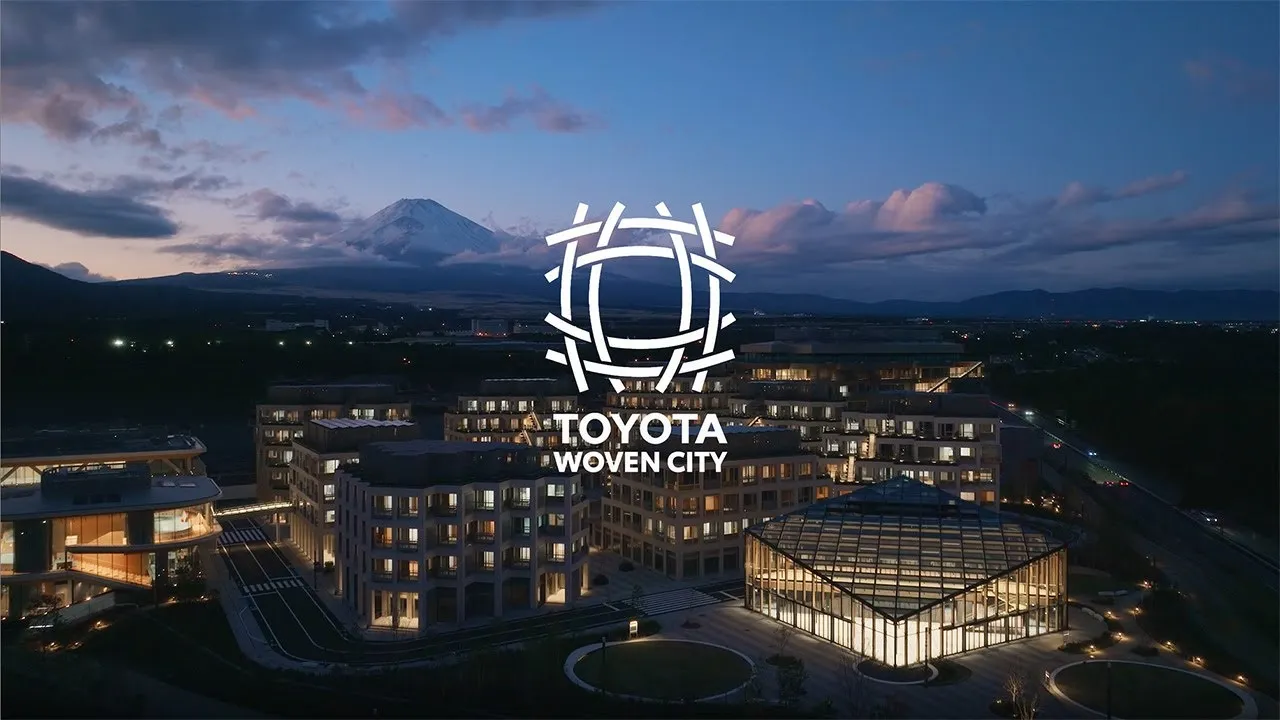 Toyota Opens $10B ‘Woven City’ in Japan to Tests Life with Robots and AI
Toyota Opens $10B ‘Woven City’ in Japan to Tests Life with Robots and AI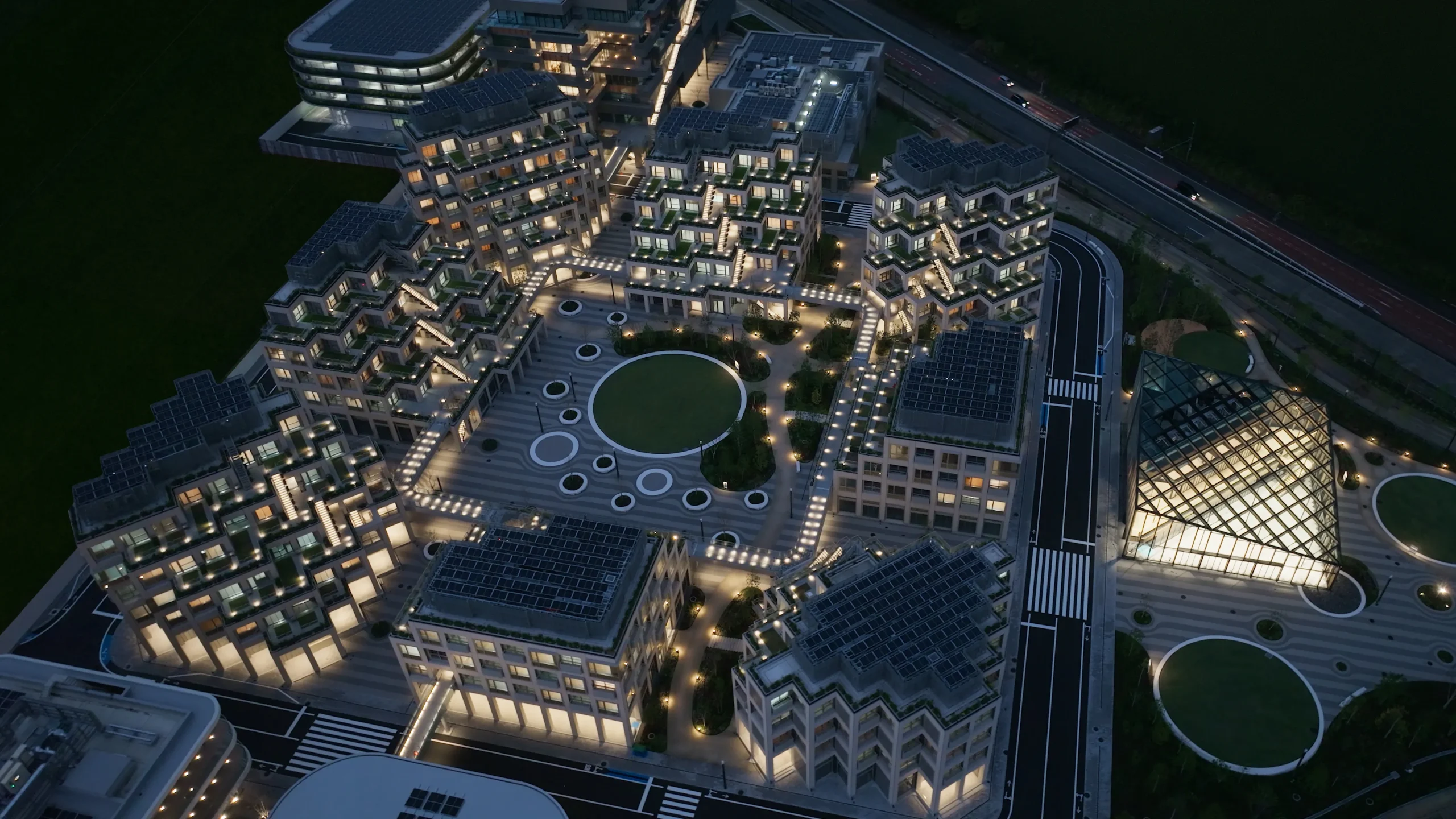
Woven City Launch Marks Toyota’s Move From Vision to Reality
In September 2025, Toyota and its software arm Woven by Toyota (WbyT) staged a launch event in Susono, marking the official commencement of Woven City’s operations. At the event, Toyota Chairman Akio Toyoda (dubbed “Master Weaver” in this context) addressed the gathering, underscoring the intent to spark Kakezan (a Japanese term meaning “multiplication”) through the co-creation of innovations among diverse participants.
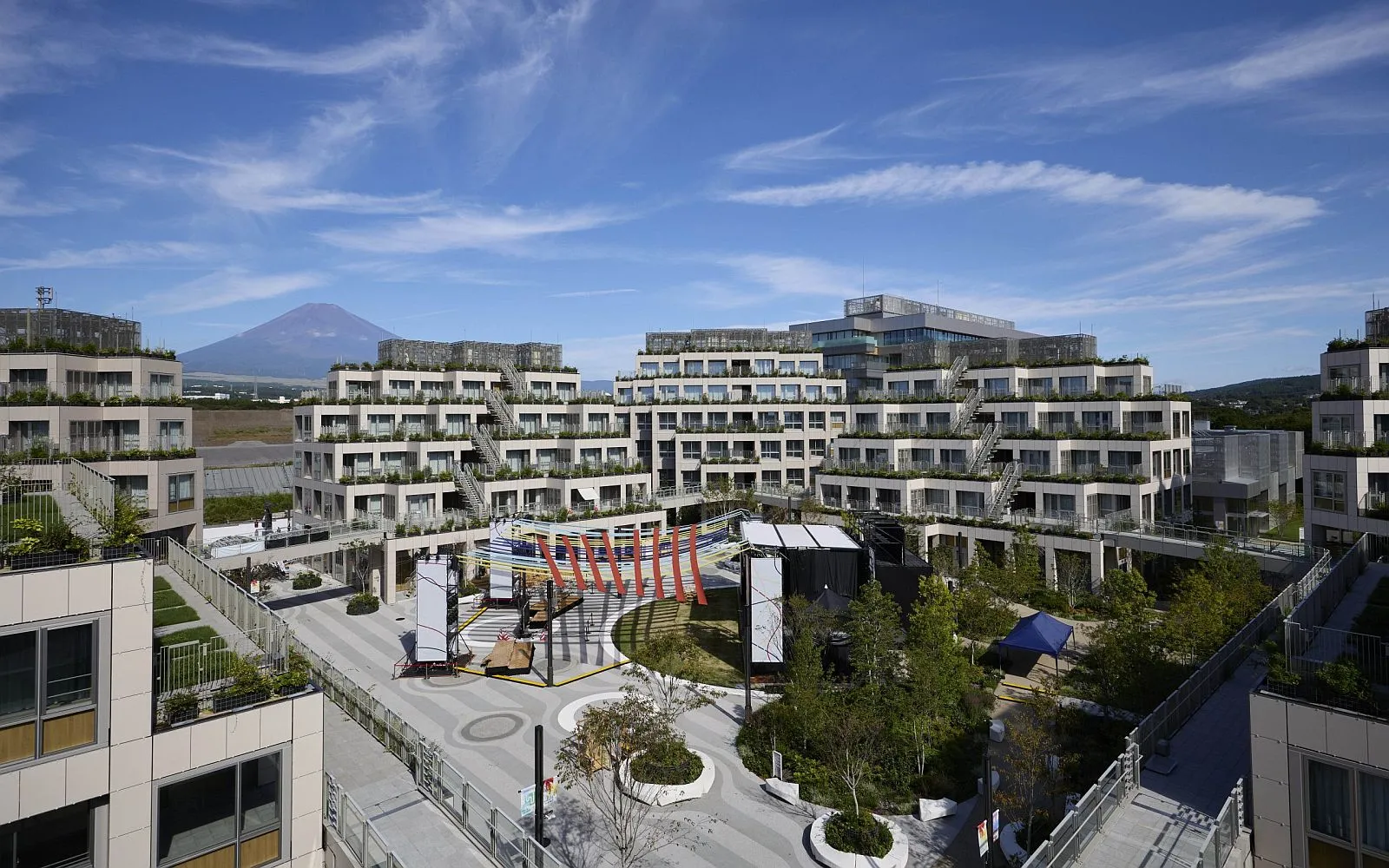
Toyota Opens $10 Billion ‘Woven City’ Near Mt. Fuji © REUTERS/Daniel Leussink
Several Toyota employees and their families designated as Weavers have already begun moving into the development, constituting the first group of residents. This initial contingent is part of Phase 1, which is expected to host about 300 people over time. Wider access to general visitors is slated for fiscal year 2026.
Intent & Function: A Living Lab for Future Tech
Toyota positions Woven City not as a typical smart city, but as a living laboratory to test integrated systems of mobility, infrastructure, energy, computation, and daily life. The aim is to gather real-world data and evidence to validate technologies before broader deployment.
Within Woven City:Inventors (startups, enterprises, research institutions) are engaged to co-create and validate innovations. Toyota counts 20 Inventors in total, including the singer-songwriter Naoto Inti Raymi, who composed the city’s official anthem and audio logo. Weavers, the residents and participants, experience products and services first-hand, feeding back insights and shaping future iterations. 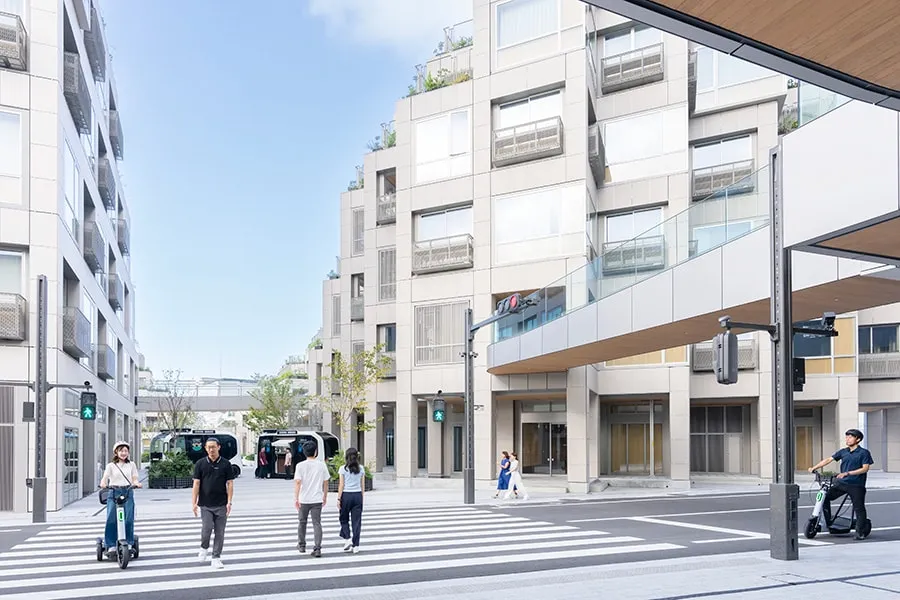
© Toyota
Technologies under active testing include autonomous vehicles, robotics, indoor air systems that minimize pollen, and an autonomous robot capable of transporting vehicles between designated spots using lidar (Light Detection and Ranging) and camera systems. One of the collaborators, Daikin Industries, is experimenting with indoor air purification to remove pollen, a significant issue in Japan.
Toyota has also built underground passages linking buildings, intended for autonomous delivery and service vehicles to circulate beneath pedestrian zones, a design element to separate human traffic from vehicular operations.
Scale, Timeline & Partners
The Woven City site occupies part of a former Toyota vehicle manufacturing plant. When fully complete, the city aims to host up to 2,000 residents. A total of 12 Toyota Group companies, along with seven external firms and a musician, are part of the co-creation ecosystem. In addition to mobility and software firms, collaborators span sectors such as air conditioning, food & beverage, and electronics.
Strategic Context & Investment
Toyota’s launch of Woven City comes as part of a broader effort to reposition itself from a traditional automaker toward a mobility and software-integrated enterprise.
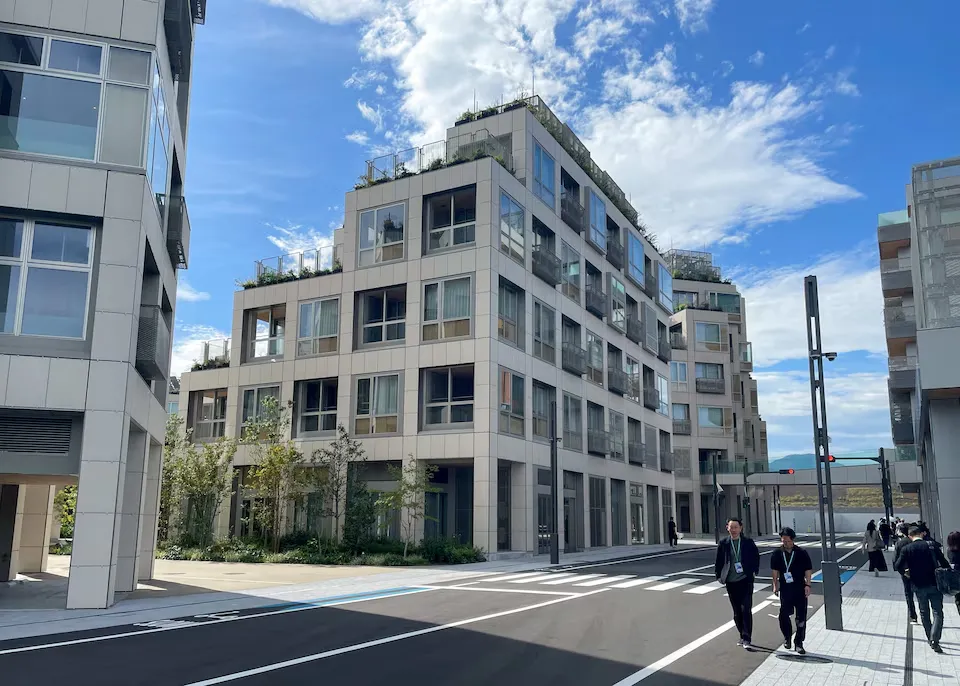
© REUTERS/Daniel Leussink
Just days after the city launch, Toyota announced the establishment of Toyota Invention Partners (TIP), a new investment arm capitalized with ¥100 billion (≈ US$670 million), designed to deepen collaboration with startups and inventors aligned with Toyota’s mobility vision. In parallel, Woven Capital, Toyota’s venture fund, launched Fund II of approximately US$800 million to support technologies in AI, automation, climate tech, energy, and related fields.
Challenges & Forward Path
Though heralded as a pioneering step, Woven City faces significant challenges:
Scale vs. realism: The first phase is small in population, and technologies tested must prove reliability in more complex, larger-scale settings.Business model: Toyota does not expect early profitability from the project, viewing it as a long-term investment in innovation infrastructure.Technology risk: Systems like autonomous transport, air purification, and smart infrastructure must pass rigorous safety and usability thresholds before technology transfer.Integration into broader society: Bridging from controlled test environments to real cities with existing infrastructure will be a steep transition.Going forward, Toyota intends to expand the co-creation network, scale infrastructure, increase the resident base, and gradually introduce public access.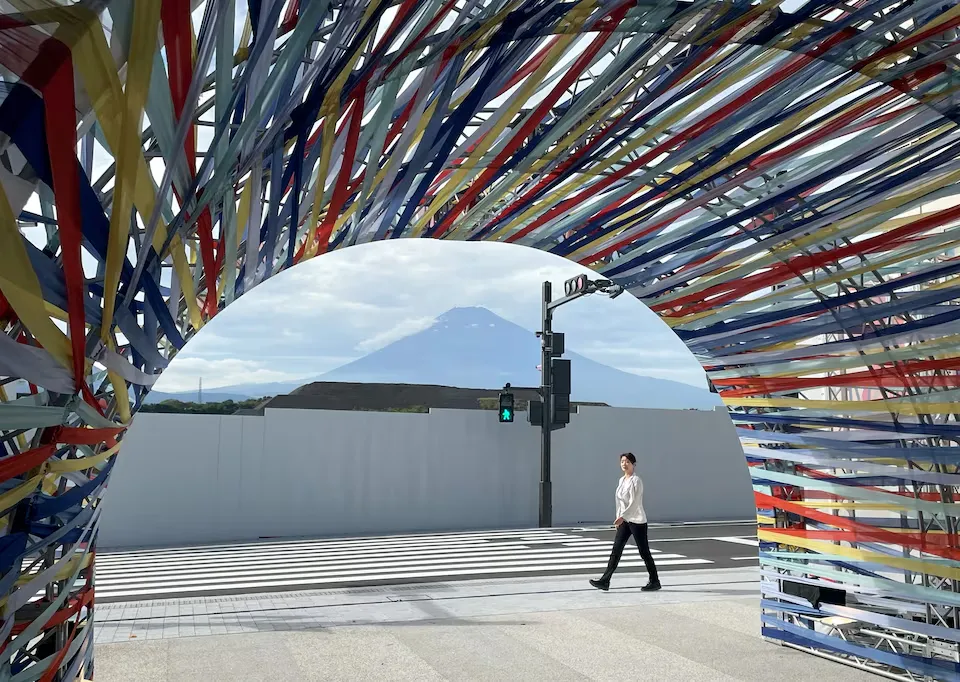
© REUTERS/Daniel Leussink
Toyota’s move to bring Woven City alive is a tangible marker in the evolving landscape of mobility, infrastructure, and urban living. Whether it succeeds as a scalable blueprint for future cities will rest on how these nascent experiments translate into everyday systems and whether the lessons learned here can be exported beyond their controlled environment.


AloJapan.com